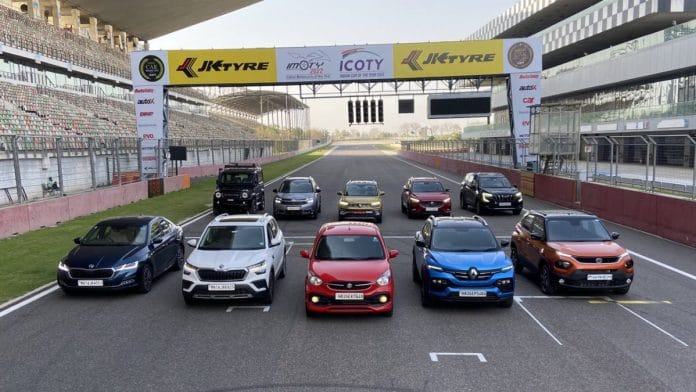A week ago in Bengaluru, BMW took the wraps of the third-generation of their popular ‘Compact’ Sports Utility Vehicle, the X1. The new X1 features everything you might expect in a modern luxury car, even an entry-level one such as a large integrated infotainment screen and digital cockpit. It is all very nice. Except the new X1 costs an impressive Rs 45.9 lakh for the petrol and Rs 47.9 lakh for the diesel. Wasn’t the X1 a lot cheaper earlier, you might ask. Yes, it was. When the German brand launched the original X1 in 2010, prices for the entry-level petrol started at just Rs 22 lakh.
This price inflation isn’t just restricted to German cars. Back in 2008, I had bought my second car, a first-generation Hyundai i20, in the top Asta spec, and I ended up paying around Rs 6.5 lakh for the car on-road. The latest i20 of a similar specification — a naturally-aspirated and manual transmission version — costs over Rs 10 lakh on road. When friends, family and acquaintances call me for car advice, they are shocked at where prices have gone. And given the strong demand for most cars these days, coupled with long waiting periods, discounts are a thing of the past for now.
Why have cars become so expensive?
For one, most cars have become heavier and more feature-loaded — newer variants of lower segments now are almost as big as older variants of cars from the previous generation. While the i20 is constrained by the 4-meter rule, the new third-generation X1 is almost as big as a BMW X3 was a few years ago. And that is the case across many other vehicles and brands. The new Škoda Slavia, for example, is as big as the original Škoda Octavia—vehicles belonging to two different sedan sub-segments. Similarly, the new Mercedes-Benz A-Class is as large as older variants of the C-Class.
But size inflation doesn’t totally explain why prices have gone up. Even if the amount of steel, rubber and plastic on a specific model has gone up and commodity prices have doubled, it isn’t as if the amount of scrappage value you get for a newer car versus an older car is much different.
The ‘more metal’ argument can be used by manufacturers to claim that one of the reasons for the price increase is safety. Cars might actually use less steel these days but the grades of steel used are a lot more expensive. Ultra High-Strength Steel (UHSS) used in critical areas for safety reasons is a lot more expensive than regular steel. But judicious usage and computer-aided engineering helps manufacturers keep costs down there as well. In fact, manufacturers across the board have gone through extreme lengths to cut operational costs, from a leaner workforce to reduced wastage. Again, why haven’t you seen the benefits of such cost-cutting at the showroom?
The primary reason is demand. And right now, there is demand for fully-loaded top-end variants. This allows manufacturers to announce small ‘price hikes’ every few months and blame it on everything from commodity prices, which have stabilised and even reduced since the start of the Ukraine conflict to the shortage of semiconductors, which is less of an issue today. Although the shortage will persist for a few more quarters.
Simply put, manufacturers have been increasing prices because they can. And they also know that you, as a buyer, can’t do all that much. It isn’t as if you can go to another rival company for a cheaper product or a substantially earlier delivery date. Because wherever you go, the story remains the same. And in the luxury segment, strong demand in China and the United States has pushed India to the back of the queue when it comes to getting assembly kits.
Also read: A more practical Thar is here but don’t buy one for your Andheri-Churchgate commute
Future relief?
So are things going to change anytime soon? Actually they already might be. There have been significant price cuts of luxury cars in China and the US. Tesla customers in China almost rioted when they found out that the electric carmaker had cut prices. As long as the Indian economy keeps growing at 6 per cent plus, demand will keep pace. The automotive industry like many others is cyclical and prices should moderate in India as well, maybe even reduce.
But don’t hold your breath for that to happen and convince yourself to hold on to your purchase decision. Yes, there will be minor ‘price adjustments’ such as Tata Motors cutting prices of the Nexon EV after Mahindra launched their XUV400. But those were quite small. And I know that I might sound like an industry shill, but if you have to buy a car now, just go for it. Otherwise you’ll be at the back of the queue.
@kushanmitra is an automotive journalist based in New Delhi. Views are personal.
(Edited by Anurag Chaubey)






